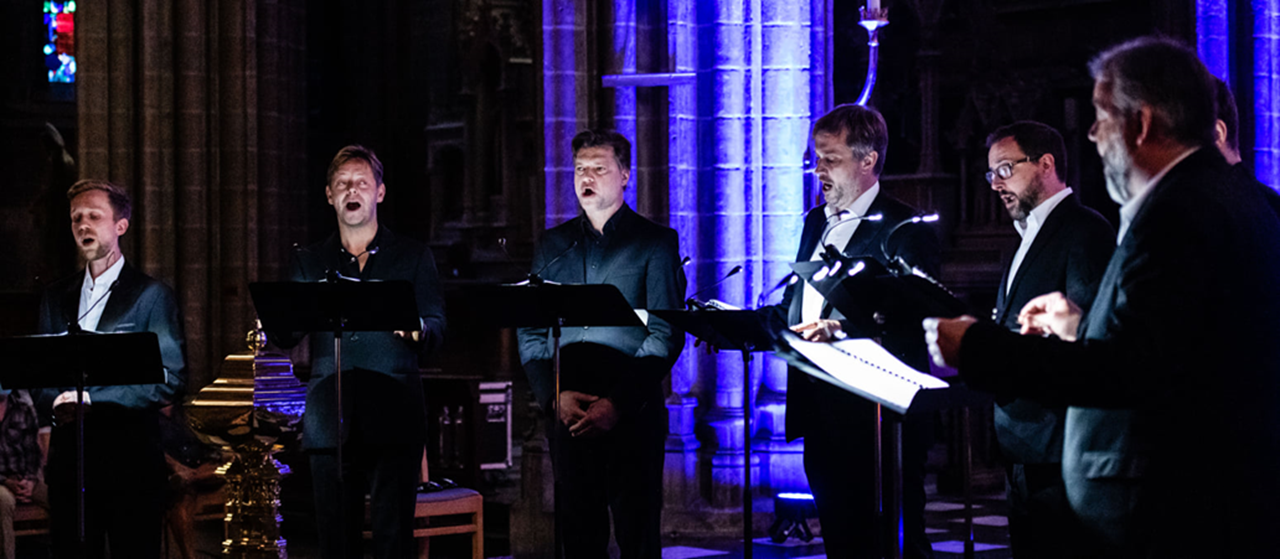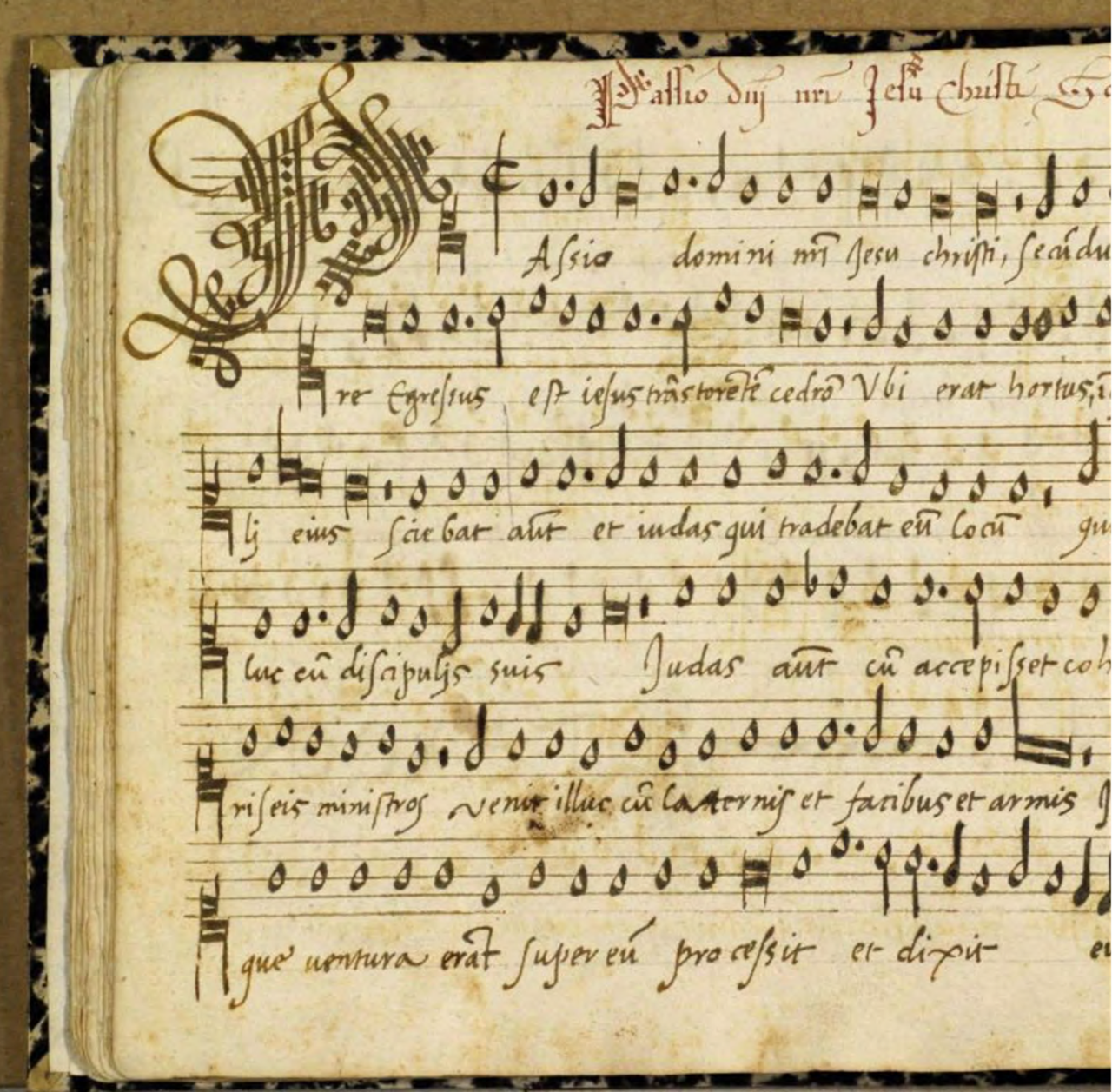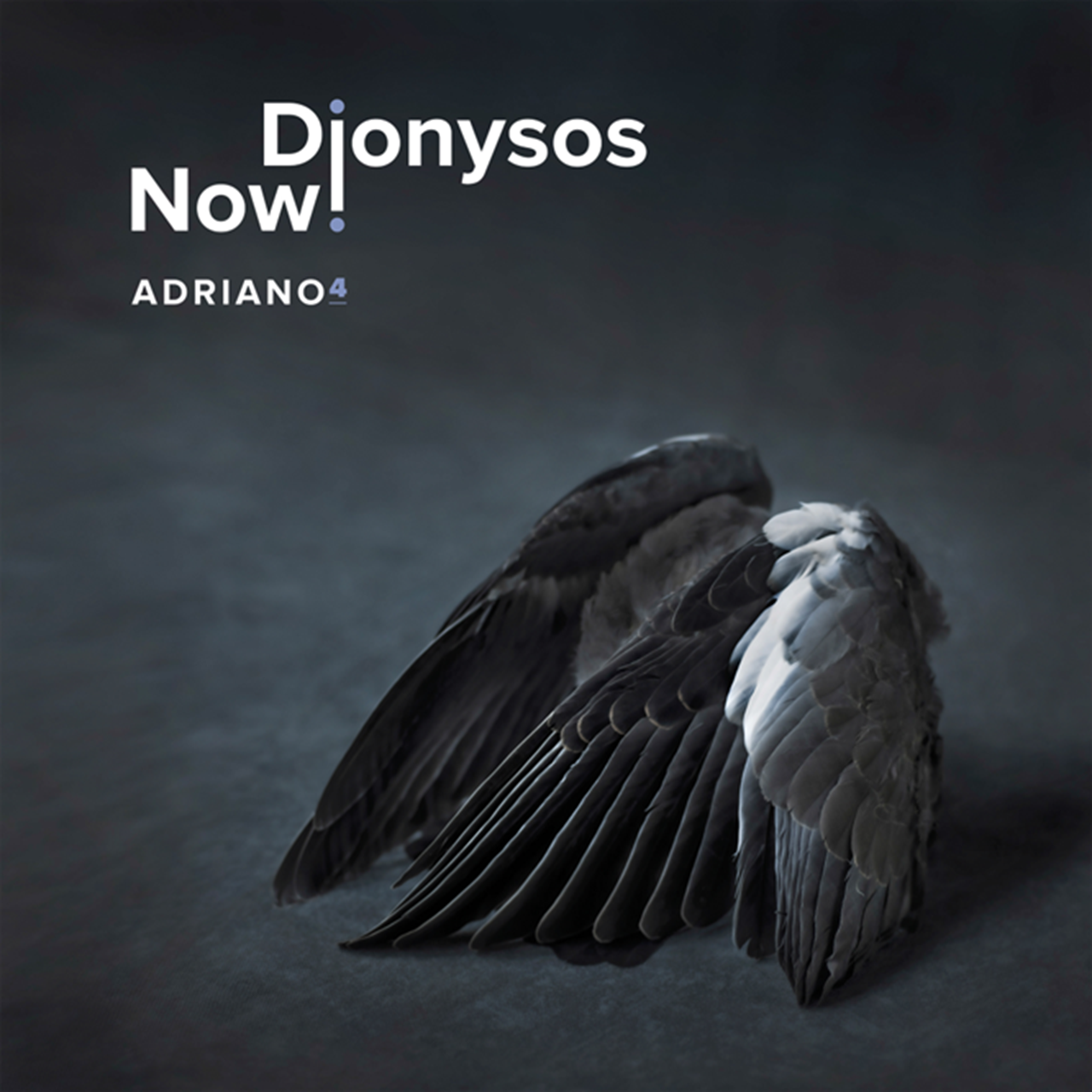Organization
Dionysos Now!Cultural Project
BelgiumStarted
04/2023Status
CompletedAdriaen Willaert was born in 1490 in Roeselare / Rumbeke, Belgium. After law-studies in Leuven and at the Sorbonne is Paris, he started composing. He moved to Italy and worked in many different cities as Ferrara and Bologna to end up in Venice.
Willaert was maestro di cappella of the San Marco Basilica in Venice for 35 years until his death and was known as the best composer and pedagogue of his time. His music quickly spread beyond Italy — thanks in part to advances in printing technology — and was performed at many of Europe’s grandest courts and cathedrals, even at the Vatican. At the same time, numerous composers were coming in the opposite direction from places like Flanders, France, and Germany into Italy to study with “Maestro Adriano” in “La Serenissima” or to become acquainted with his new compositional techniques.
It has been more than 500 years since Willaert’s music could be heard every day somewhere in
Europe in a church or chapel. For centuries, it has been (too) silent around the beautifully decorated
choirbooks where his masses and motets occupy an eminent place and the printed partbooks that
bear witness to the most beautiful madrigals and chansons of that time.
With the new ensemble Dionysos Now!, Tore Tom Denys wants to literally take Adriaen Willaert’s
music out of Europe’s libraries and let it sound again.

Photo © Dionysos Now!
Dionysos Now! was founded in Vienna by Tore Tom Denys from Roeselare, Belgium, and is comprised of 6 singers who perform a cappella music from the Renaissance. 50% of the singers are based in Vienna but the main office of Dionysos Now! is in Roeselare, Belgium, the hometown of A. Willaert and T. Denys. Together with his colleagues, Denys wants to introduce his audience to the music of Adriaen Willaert (1490–1562), the great master of Flemish polyphony from Rumbeke near Roeselare.
Tore Denys deliberately takes a fresh, contemporary approach to interpreting Willaert’s music. Just as
in the Renaissance, the aim is to perform this music in such a way that it comes across as new to the
listener.
“With Dionysos Now!, I wish to show that Renaissance vocal polyphony is wonderfully captivating
music that deserves to be heard by a wider audience. We want to build cathedrals out of sounds,
letting you experience the music as though you were flying far above those cathedrals with a drone.
The individual bricks are all there, but they seem to merge together with the whole, into the gestalt:
the radiant music generates much more effervescent energy than the sum of its tones, and the
music's contagious flow is sought and captured, like a surfer who seems to have found the perfect
wave and seizes his chance to ride it before it again ebbs away...”
Tore Tom Denys

Photo © Dionysos Now!
“Adriaen Willaert’s little-known St John Passion is his only surviving setting of the Passion of Christ. With this recording, I want to prove that a compositional innovation took place in the Renaissance that aimed to make the recitation of the Passion on Good Friday (which was then traditionally sung in unison, Gregorian chant) more musically interesting. The passion is composed in an innovatively polyphonic, but homorhythmical manner: every voice sings the same text at the same time. This way, the text remains very intelligible, and the listener is captivated by the way the story is presented.
Not much is known about the northern Italian (Catholic, Latin) passion tradition. Nevertheless, we know that it was very popular there during the High Renaissance, and that it was a precursor to the passions we know today as they were adapted into the protestant tradition, reaching their zenith with Johann Sebastian Bach.
In case of Willaert, all the ‘roles’ that appear in his St John Passion are set in a polyphonic manner. The part of the Evangelist is worked out in four voices, Jesus in three voices, Pilatus, Ancilla, and Petrus in two voices, and the crowd (turba) in six voices.
After the death of A. Willaert, this work has probably never been performed in its original form, as can be found in the part books (manuscripts, not printed). For a long time, scholars speculated that this passion might have been composed by Cypriano de Rore, a pupil of Willaert, but musicologists are now quite certain that it should be attributed to Willaert."

How do we support them?
The VGP Foundation support goes to the following activities:
- Research at the Library of Bologna
- Editing of the original manuscript into modern scores
- Rehearsals and recordings of the music
- Producing CD and LP and music on digital platforms as Spotify, Deezer, iTunes, Apple Music, Quboz, Tidel
- Development of a soundscape at STAM museum Ghent
- Movie on the research to the original manuscript in Bologna
- A tour of live concerts in 2024 with the world première at Bozar Brussels, a concert in deSingel Antwerp and others in Europe